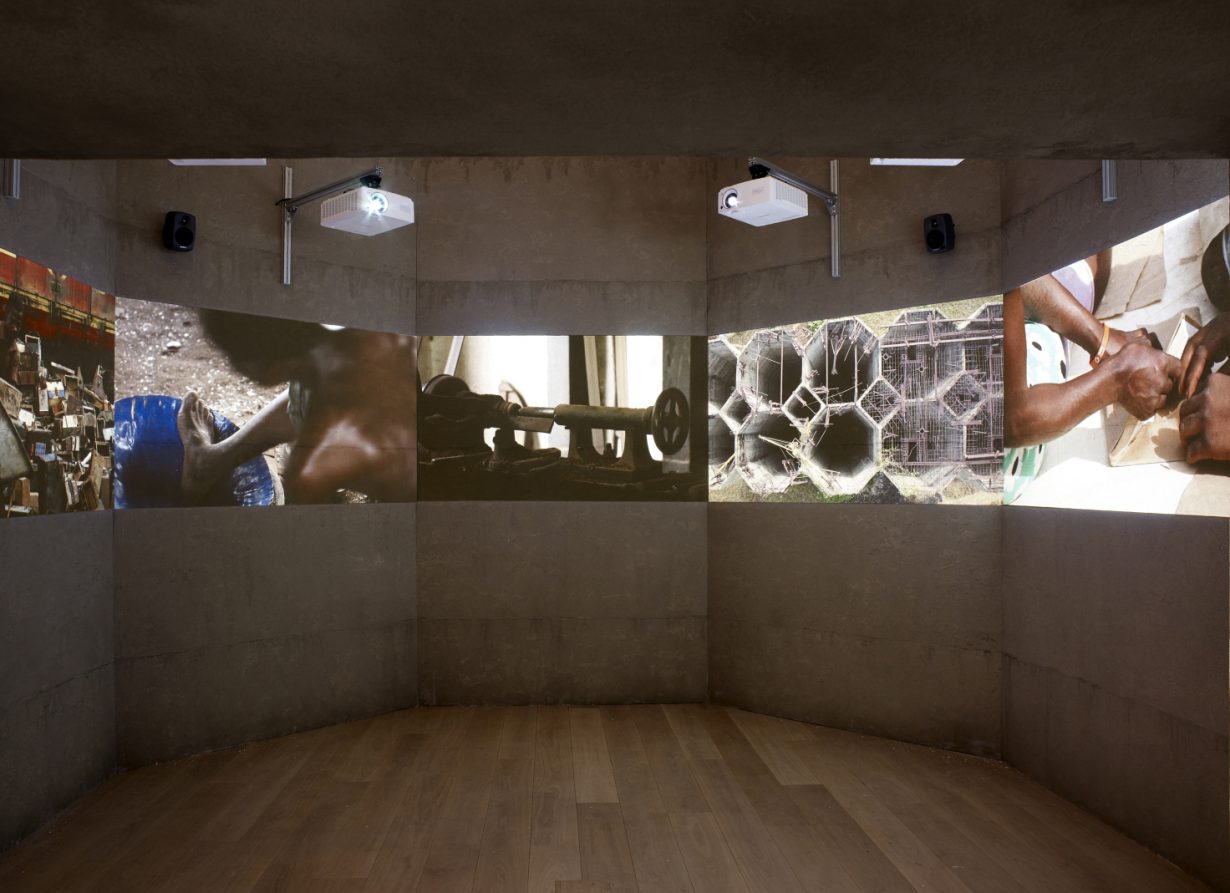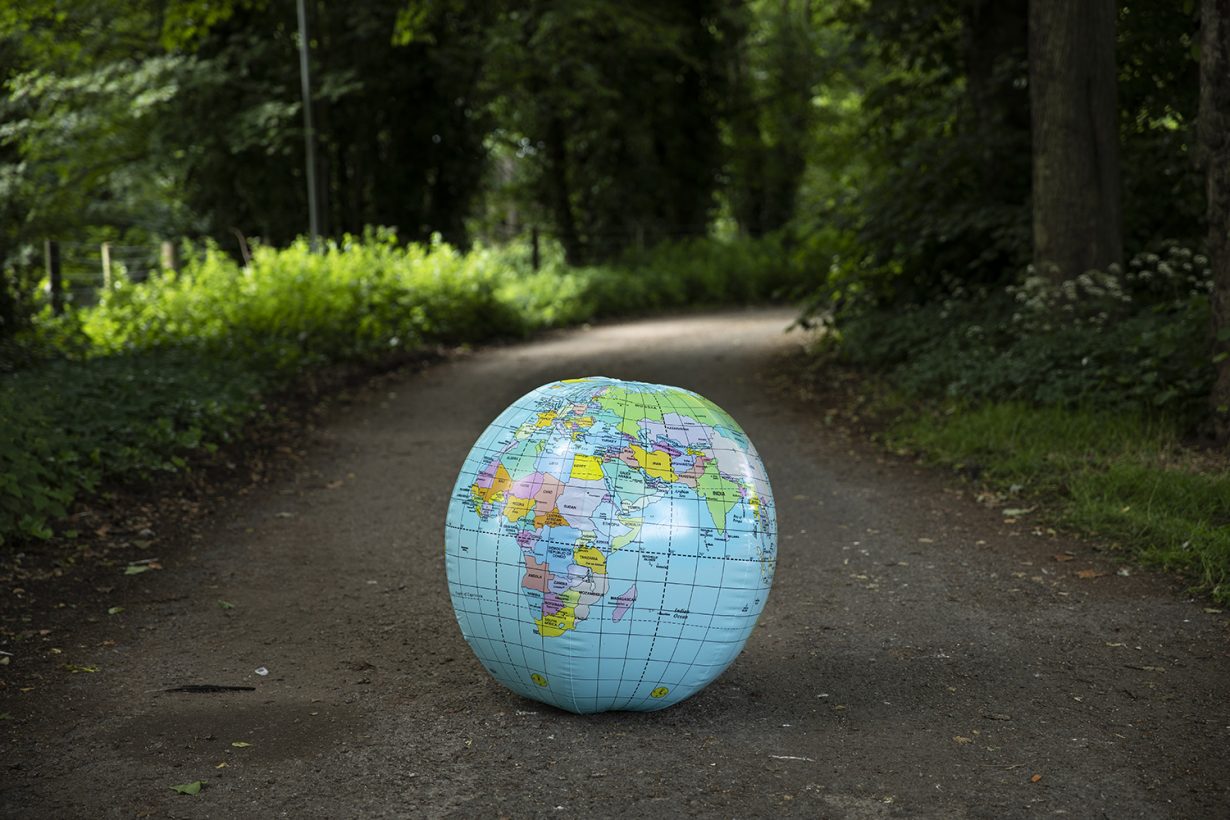‘The rest of the world is seeing the UK as a more isolationist and less open country that is at odds with the general global discourse’
As the world continues to be battered by a pandemic that respects no borders and shows little sign of abating, the UK government has been sharing more about its post-Brexit, points-based immigration regime. That this feels incongruous, a distraction, is an understatement, but the consequences of the new approach, which will come into effect on 1 January 2021 following the end of free movement for EU citizens, will be real and immediate. The cultural sector, including museums, galleries, artists and low-paid art workers, will certainly feel its impact.

Those coming to the UK for work will need to show they meet ‘a specific set of requirements for which they will score points’. They must be offered a job from a licensed sponsor, have a good command of English, and the job must be at or above a ‘minimum skill level’. There will also be a salary threshold of £25,600, with scope to earn ‘tradeable points’ as long as the wage isn’t lower than £20,480. Alistair Hudson, director of Manchester Art Gallery and the Whitworth Gallery, isn’t optimistic about the new rules. He told me over email: ‘The museums and galleries sector is dependent on the flow of people, ideas, cultures, skills (and not the ones highlighted in this immigration system). This [new system] will only inhibit creativity and opportunity in the UK. It will reduce the diversity of curators and the diversity of knowledge – curators from outside the UK will be less inclined to work here, and already are.’
It is the ability of organisations to work with international artists that is likely to be impacted most. Artists from non-EU countries currently require a ‘Tier 5’ temporary-worker visa, and under the new system this will be extended to EU-based artists; a ‘Creative route’ is being implemented for ‘applicants in the creative industry who are entering the UK for short-term contracts/engagements for up to 12-months’. Requirements such as speaking English and wage levels don’t apply here, but while designating a specific ‘route’ shows a level of engagement with the unique needs of the sector, the guidance is short on detail relating to museums and galleries. At a time of increased financial and organisational stress due to the pandemic, the extra administrative burden created by the system is potentially debilitating and hugely unwelcome. As Hudson puts it: ‘It was already difficult to bring many artists to the UK with us having artists’ visas refused in the last few years. This will only reduce the flow.’

Claudia Zeiske, who grew up in Unterpfaffenhofen, near Munich, and currently works as director of Deveron Projects in Huntly, Aberdeenshire, is well used to the frustrations that come with the current system. She has worked with many international artists over the 25 years that Deveron has been making the small town in rural Scotland a venue for contemporary art; her latest project is ‘Walking as a Political Gesture’, a digital conference to be held on 29 July, which will bring together (online) artists from Rwanda, Afghanistan, Iran, the UK and other countries. ‘The current system has been such a negative, I can’t see anything positive in making even more people subject to it,’ she says. ‘We’ve been concerned about the movement of artists ever since the implementation of the Tier 5 policy. This may now have similar impact on European artists. Even more concerning is the movement of our own creatives going to Europe – I fear an artistic isolation is coming towards us.’
Just when what is needed, more than ever, is international openness and collaboration, this isolationist impulse continues to rise. It can be seen in the weaponisation of immigration policy during the UK’s descent to Brexit and, of course, in Trump’s ‘MAGA’ mantra – a pledge built on the demonisation of ‘un-American’ foreigners. Most recently, the decision by US Immigration and Customs Enforcement (ICE) – quickly abandoned after legal action – to rescind visas for international students whose courses have been moved wholly online in response to COVID-19, starkly highlighted the reactionary alignment of domestic and immigration policy. The speed and determination with which US art schools led by Harvard and MIT responded was impressive and necessary; according to data from the American Council on Education, just over 1 million international students attend US colleges and universities annually.

The economic and political clout of the higher education sector in the US enabled it to mobilise quickly in order to mount a legal challenge against the Trump administration and its latest hare-brained policy shift. To protect the internationalism of the UK’s contemporary art sector, similarly robust responses will no doubt be required. As Hudson states: ‘The rest of the world is seeing the UK as a more isolationist and less open country that is at odds with the general global discourse. This will restrict our ability and the willingness of others to engage with Britain – they will simply look elsewhere, where relationships will be easier.’
Chris Sharratt is a writer and editor based in Glasgow.
